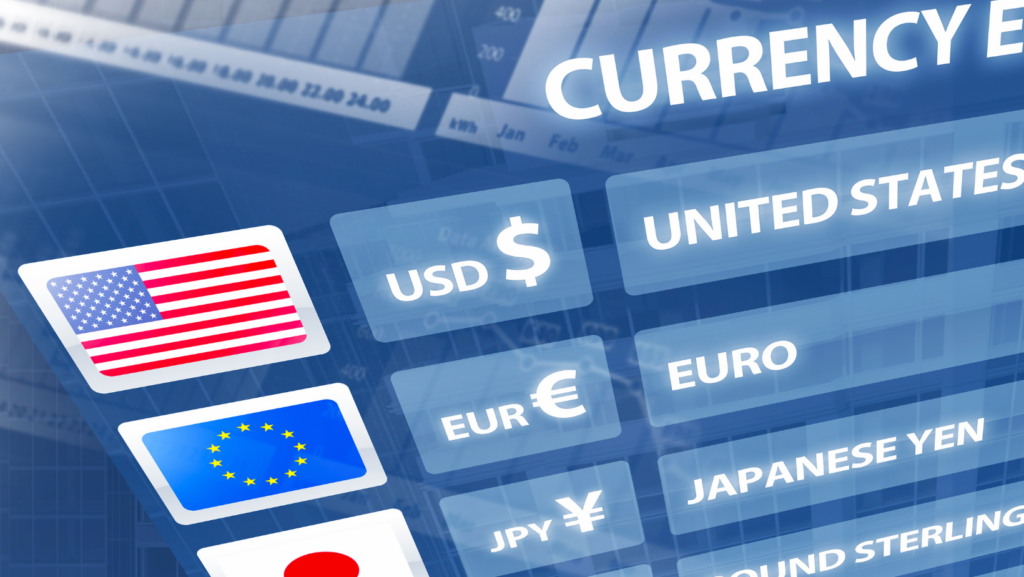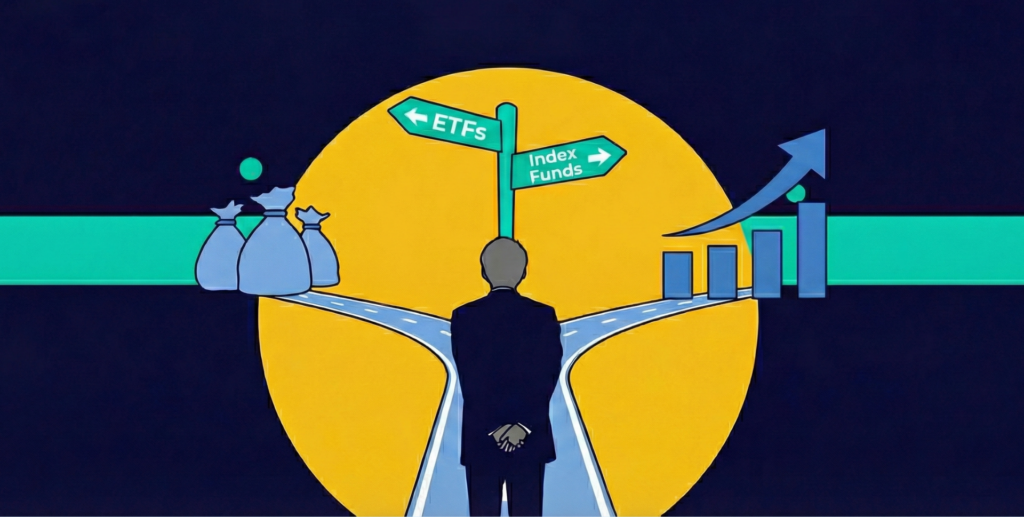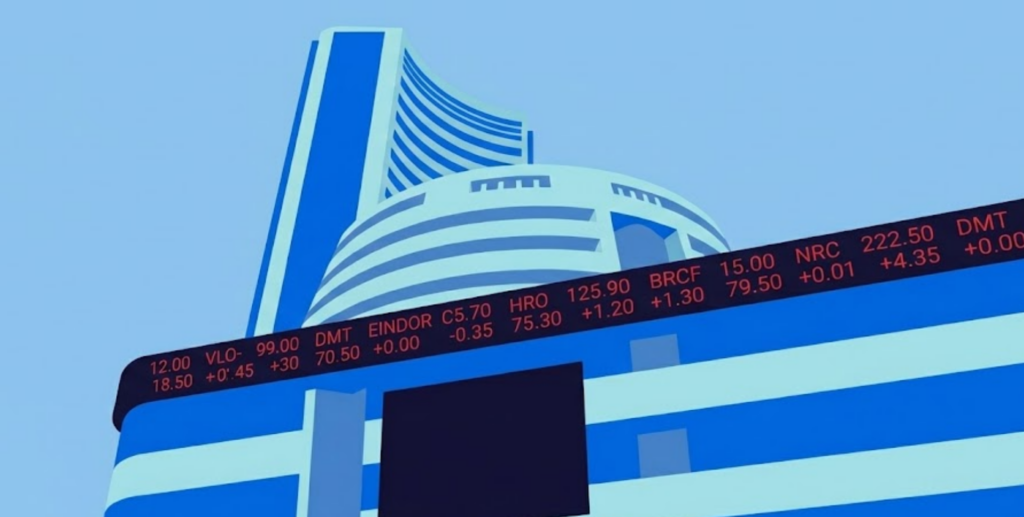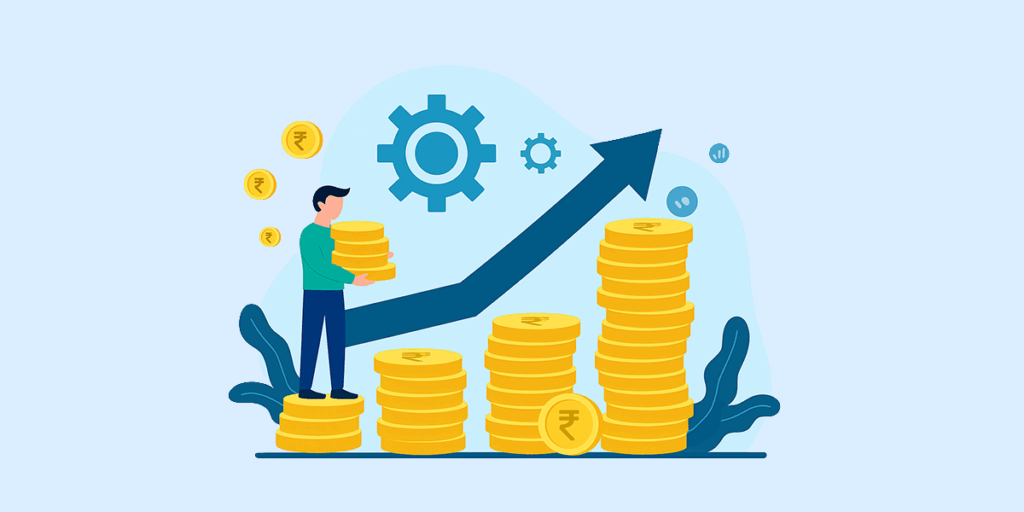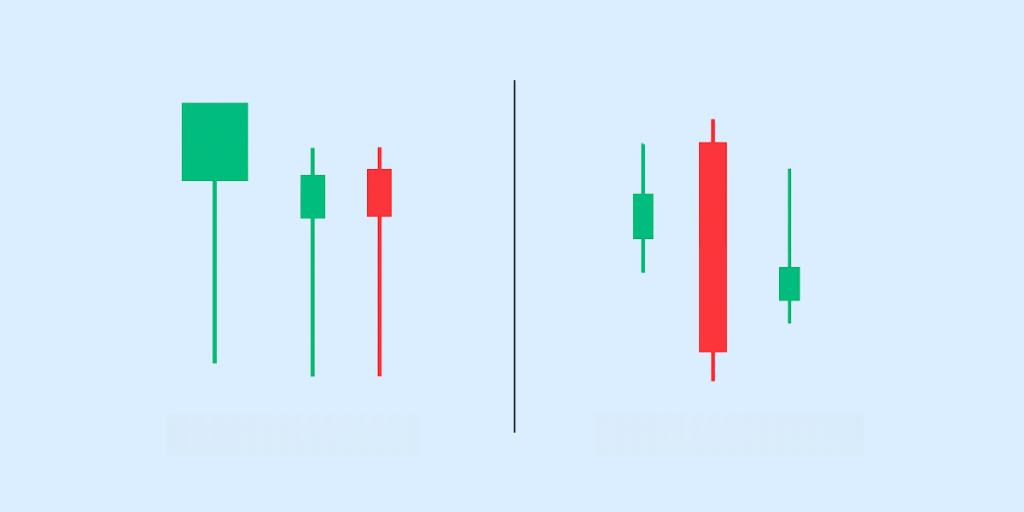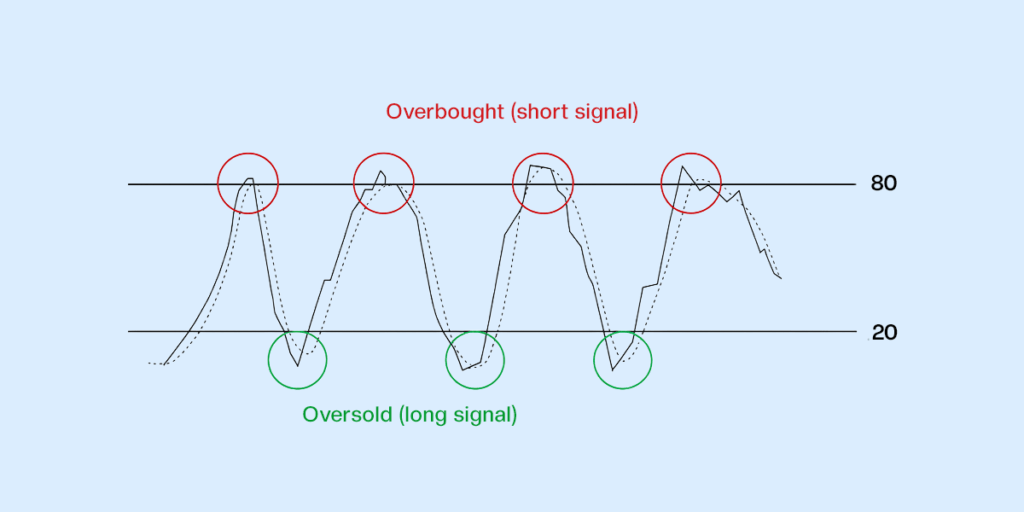A country’s currency does not operate independently. Its value is not absolute. A currency’s value is always assessed in relation to other currencies of the world.
The value of a currency keeps rising and falling by the day. A simple Google search on the value of 1 Indian National Rupee relative to the US dollar or the euro or for that matter, any other world currency, can show the rising and falling value of India’s currency.
Impact of currency value on the importer-customer and the exporter
The fall and rise of currencies depend on the demand and supply dynamic prevailing in the forex markets. When a currency is in greater demand, more individuals and organisations want to buy it, and consequently, its value rises. Suppose that the Indian National Rupee (INR) is in great demand. Naturally, a US-based investor/customer will have to pay dollars to buy the INR.
When the INR appreciates, it is great for Indian customers as their purchasing power goes up. Let us understand this example better with an example:
The value of one USD on May 2nd is ₹83.45. Let us assume that you wish to buy a product worth $100. In this case, you will have to pay ₹8,345.
However, you know that the Indian economy is performing well, and that the rupee’s value will appreciate vis-a-vis the dollar. So, you hold off on your purchase and decide to buy the product a month later.
Let us assume that your prediction was spot on, and the value of the rupee appreciates in relation to the dollar. On June 2, one USD is worth ₹80. If you decide to purchase the same product worth $100, it will cost you ₹8,000.
As a customer, it is a clear win for you. However, things aren’t so merry for the exporter.
In the example above, if we assume that the customer is from the USA, then we will see that currency appreciation does not yield the same benefits to the Indian exporter.
So, if on May 2, a US-based customer wishes to buy something from India worth $100, he will have to shell out ₹8,345. The Indian eller-exporter will get ₹8,345.
However, on June 2, the Indian exporter will only receive ₹8,000, and not ₹8,345.
Naturally, a falling Indian currency is beneficial to exporters and India-based sellers. On the other hand, a rising Indian rupee makes India-based customers and importers happy.
Repercussions of currency appreciation
- Lower cost of servicing international debt
For the Indian government and other major IT companies that have taken on foreign-denominated loans, a rise in the value of the Indian currency is a welcome development. Appreciation in the INR reduces their interest burden.
- Tourism industry suffers
Quite naturally, the tourism industry suffers. When the USDINR conversion rate is at ₹83.45, a US-based investor can get more bang for the buck.
When the value of the rupee appreciates to the level of 80, it means that the same US-based visitor will have to pay more. Naturally, lots of US and foreign-based tourists come to India lured by how economical and cost-effective it is for them to stay in India for long periods of time. If the value of the rupee continues appreciating, this won’t be the case, anymore.
- Exports take a beating
As explained above, exporters and Indian sellers looking to tap US markets suffer because of a stronger rupee. Rupee appreciation has larger consequences on market share, sales volume and profitability of the Indian exporters.
How you can benefit from rupee depreciation?
Just like exporters, Indian shareholders of US-based companies benefit from a fall in the value of the Indian rupee.
Not only do shareholders benefit from an increase in the value of their shares, but they also benefit from a depreciation in the value of the rupee.
- The value of Rs 1 lakh invested in Mcdonald’s 20 years ago would be ₹19,43,747 on April 1 this year.
- The value of Rs 1 lakh invested in Nike 20 years ago would be ₹19,62,415 on April 1 this year.
- The value of Rs 1 lakh invested in KFC 20 years ago would be ₹18,87,430 on April 1 this year.
- The value of Rs 1 lakh invested in Apple 20 years ago would be ₹6.99 crore on April 1 this year.
- The value of Rs 1 lakh invested in Domino’s 20 years ago would be ₹66,60,756 on April 1 this year.
While the share prices of all these companies have appreciated, the massive returns of Indian investors have also been boosted by a corresponding depreciation in the value of the Indian rupee. With the Appreciate app, new Indian investors can invest in reputed US-based companies, diversify their portfolios and earn huge returns in the long run.

